2010 Timing
Qualifying
P1 ALO 1.21.962 Q3
P2 BUT 1.22.084 Q3
P3 MAS 1.22.293 Q3
TL best P18 TRU 1.25.540 Q1
Race
P1 ALO 1.24.139 L52
P2 VET 1.24.598 L46
P3 MAS 1.24.575 L51
TL best P18 KOV 1.27.822 L50
Quick description
Long and low downforce circuit with the highest top speed of the season
Additional kerbs behind the old kerbs in both chicanes in 2009 (different ride requirements)
It is possible to overtake with good top speed
Fuel effect below average
High brake energy but high cooling rate so not big issue for brake wear in general
Braking stability is important
Radio and DST coverage could be a problem around T4 to T7
Typical balance issue
Braking stability is usually the main issue
Gears ratio (1st gear/others)
1st gear used in T1
Longer 3rd gear usually needed for T6 / T7
Circuit particularity
Bumpiness: Medium
Overtaking chance T1
Kerbs: Medium
RH setting particularity: None
Sensitivities
Engine severity: Very high
GBX severity: Low
Lat/Long grip: Medium
Aero eff ratio: Very high
Track and base setup
Track grip evo during WE: High
Aero settings: Very low
Brake wear severity: Medium
Brake cooling necessity: Medium / low
Team Lotus Partners
Pirelli tyre compounds in Italy: Medium / Soft
Heikki Kovalainen, Car 20 - Chassis T128-04: "Monza is another different challenge for us and it'll be good going there on the back of such a strong weekend in Spa. It has different downforce requirements to most of the rest of the tracks we race on, but we'll go there with the same sort of aggressive strategy we used well in Spa to put us into Q2.
"For Monza you'll hear a lot of the drivers talking about how one of the keys to a quick lap is how well you use the kerbs. Getting over them as efficiently as possible helps minimise the overall length of the lap and it might only be fractions of seconds, but shortcutting as much as you can, obviously within the rules and as much as the car can take, saves time and helps you maintain momentum onto the straights. To the viewer on TV and even at the track the kerbs don't look all that hardcore, but when you're in the car you hit them pretty hard and you need to be ready for it to get out of shape and even start to snap away from you. We'll work on Friday on getting the setup right to give us maximum speed on the straights and enough compliance in the suspension to really be able to attack under braking and into each corner. I'm looking forward to it - it's a classic track and the Tifosi are among the most passionate fans anywhere, so it's a good place to end the European leg of the season."
Jarno Trulli, Car 21 - Chassis T128-01: "Monza's a funny one for me.
As an Italian everyone expects it to be the most special race of the season for me but really it's not. I can't really afford to treat it differently to any other race as I want to make sure I can focus on the job every day I'm on track, and even though there's a lot of fans in the stands, and friends and family around the paddock, I always try and treat it like any other race. Obviously the good thing for me is that it's close to my home, so I do get to catch up with lots of people who I don't normally have time to see, but ever since I started racing I was nearly always abroad, so while it's obviously my home race it's not one I approach differently to any others.
"From a technical perspective Monza's not the most technical track, but it's still critical to have the car balanced so you can attack the kerbs and be really confident under braking, particularly into the first chicane as that's the most obvious overtaking opportunity.
The car felt really good in Spa, and I know we have the revised power steering system I used in Hungary back for this race, so I think we'll be ok. We had very strong race pace in Belgium, and if we can carry on like that in Italy we'll be just fine."
David Mart, Renault Sport F1 Engine Engineer: "Italy is the toughest circuit of the year for engines due to the high percentage of wide open throttle time per lap. 75% of the 5.793km lap is spent at full throttle and near maximum revs - it's comparable to high speed oval racing in the States. As such we need to create engine maps that allow the engine to work well at the top of the revs, from 16,000rpm to 18,000rpm, with a smooth power delivery which peaks to a maximum obtainable from a 2.4 litre naturally-aspirated V8 engine, to ensure that the car doesn't get out of shape and can go as quickly as possible."
Tony Fernandes, Team Principal: "I am delighted to be back on track after having had to miss a couple of races due to what has probably been the busiest summer of my working career! Despite not being on track I have been keeping up with everything that has been going on, both at the factory and the races, and it was very pleasing to see the team have such a strong weekend in Spa after a disappointing couple of races before the break. The factory staff were working right up until Friday night of the Belgian race weekend on reliability fixes, to ensure we did not see a repeat of the problems we had in Hungary and Germany, so the fact both cars finished well, particularly after being involved in the collisions at the first corner, is testament to a job very well done by the factory team.
"Monza gives us another chance to keep edging towards the teams ahead before we go back to the Far East and what is really our third home race in Singapore. This weekend we are not going to be challenging the teams ahead quite yet in outright pace, but clever use of strategy and very strong drives from both Heikki and Jarno gives us a chance to hold our own in the race, so the target for Monza has to be to maintain the reliability record established in Spa and look for another two car finish at the chequered flag, as high as we can reasonably hope. That is a realistic target, and that is the approach we bring to everything related to our team. The plans for the future development of the team, and the group it sits in, are taking shape eactly as we want them to and we are setting ourselves reasonable goals that can be achieved through hard work, innovation and a little bit of luck."
Track guide: The Italian Grand Prix in Monza brings to a close the European Formula 1 season at another historic venue, made famous by countless heroes of previous championships and with the essence of Italian motor racing embedded into the tarmac. The circuit's current guise puts an emphasis on aerodynamic performance and with the two DRS zones active during the race weekend, fans can expect to see a huge amount of overtaking throughout every session. The temperatures are expected to be very hot, with Italy having been subjected to an intense heatwave over the last few weeks, so how the teams manage the increased level of tyre degradation will definitely play a major role in how they fare in qualifying and the race itself.


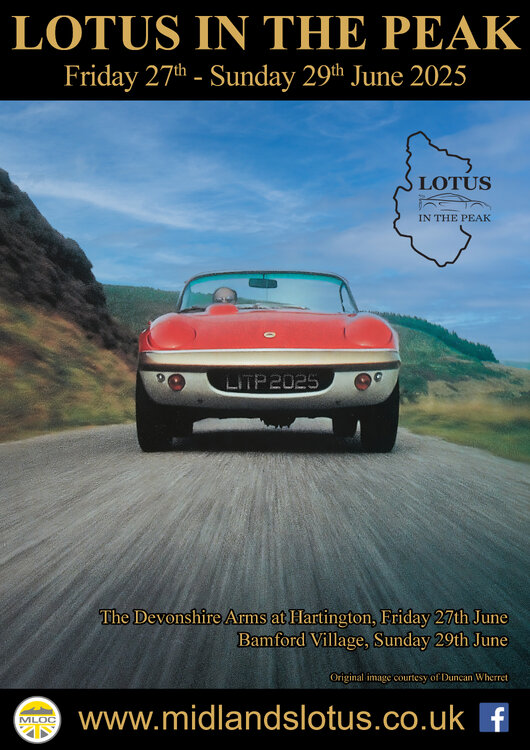


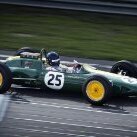


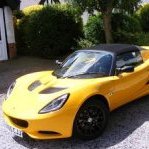
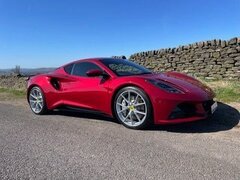
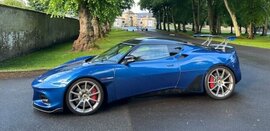

Recommended Comments
There are no comments to display.
Join the conversation
You can post now and register later. If you have an account, sign in now to post with your account.